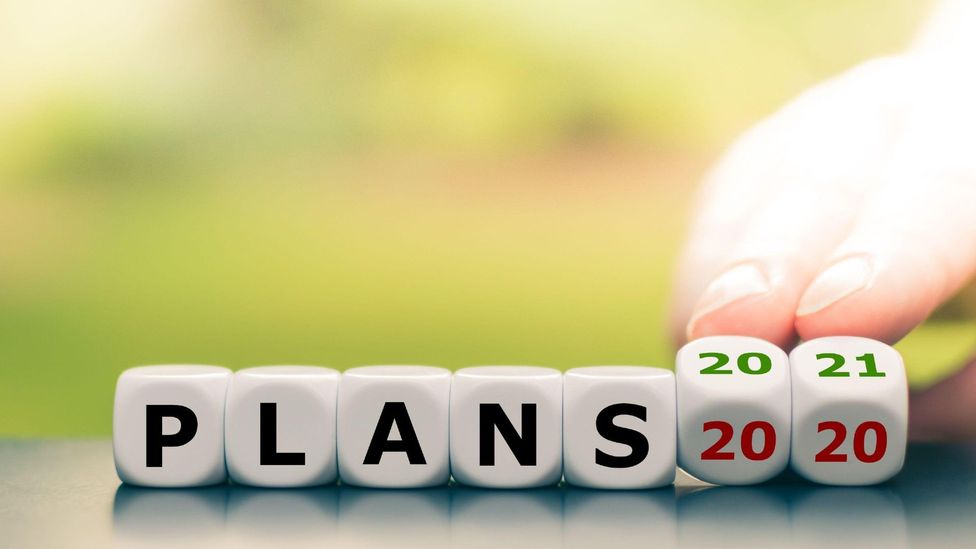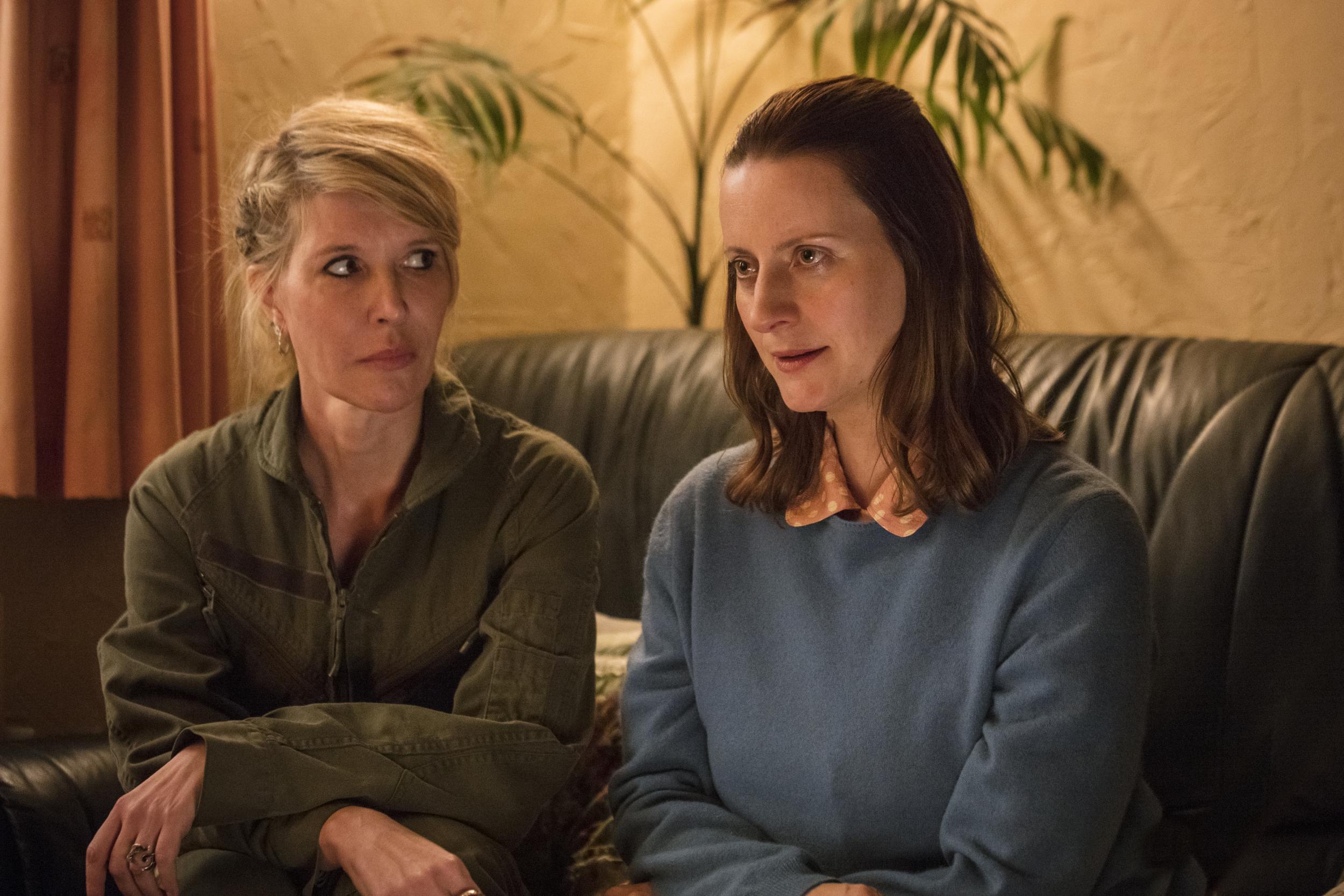I'm having trouble sleeping. When I do sleep I have anxiety dreams. I have lived with anxiety for a long time and, as I grow to understand it, probably even longer than I first thought. It comes - resulting in panic attacks at its most extreme - and goes (although it never goes completely), and most of the time I try to externalise it and can lessen its harmful effects that way. I know I am not alone and that a lot of people have anxiety (approximately 18% according to a recent survey, although only about a third of those seek professional treatment).
I also know that COVID-19 has led to an understandable increase in anxiety and feelings of helplessness, many of which manifest in dreams. A research paper published in Scientific American found that 37% of people had 'pandemic dreams', many of them marked by themes of insufficiently completing tasks and being threatened by others. Here's an example of one of mine.
I was in a very quiet (English-looking) pub with a group of Aussie theatre friends. I had taken them there to introduce them to 'my other community' (although I don't know where it was and I didn't recognise any of the other patrons). I was trying to get a round in with the help of another person, but each time we thought we had ordered the correct number of drinks, someone else walked in and we had to get one for them too - it took so long to process the order that some people had finished theirs before we had even sat down, so we thought we had to get them another one.
By the time I finally sat down at the table I realised I didn't have a pint and, although I really wanted one, I couldn't be bothered to go through all the rigmarole again, and so when my friend noticed I hadn't got a drink, I said it was okay and that I didn't really want one anyway, which I did. Everyone else was talking amongst themselves and laughing at something that I hadn't heard, and no one involved me in the conversation. I knew that there were some people missing whom I really wanted to be there, and that they would have made me feel better if they were around, but as they weren't, I was going to have to deal with it myself.
I nonchalantly got up to go and look at a picture on the wall, and I realised it was actually a jigsaw puzzle when it all fell apart in front of me. The pieces were tiny, but I thought I had to try and put it all back together before anyone noticed - there was a spare table so I scooped all the tiny pieces on to it and frantically started to reassemble it, although the light in the pub was dimming and I was finding it really hard to see the picture.
A group of people walked in (some of whom I recognised) and asked if they could use this table because they needed to have their meeting. I tried to stall for time by asking them what their committee was, and regretted it instantly when they told me they were the Committee Against Colour-and-Gender-Blind Casting (CACAGBC). The rest of the pub fell silent and all I was afraid it was all going to kick off and somehow it would all be my fault... and they'd notice I'd wrecked their puzzle picture.
I woke up sweating in fear and gasping for breath. It took a while to calm down and convince myself that I hadn't broken or destroyed anything, from inanimate objects (such as the jigsaw puzzle) to friendships (particularly among my theatre community). I am still tired, emotional and a little bit nauseous. I know this may sound ridiculous to some, but these things affect me on a daily basis. While I cannot stop these dreams, I can identify what is bothering me in them - thoughts and feelings which I try to repress in my waking hours.
5 Anxiety Issues in My Dreams:
- Feeling responsible for things which are beyond my control
- Stress of trying to plan something within shifting and uncertain parameters
- Feelings of isolation - trying to reconcile different aspects of my life
- Feeling overlooked and excluded but trying to pretend it doesn't bother me
- Wanting to 'return' to a time and place but not knowing when I will be able to get there and afraid that things will have changed so much that I won't recognise anyone when I do


























